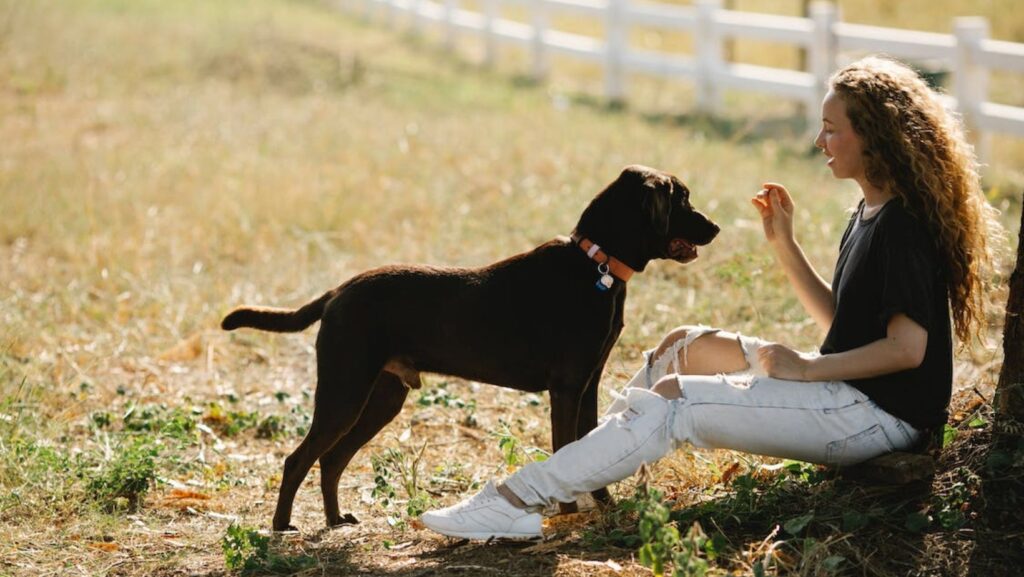1. Introduction
Are you tired of constantly worrying about your furry friend’s safety every time they step foot outside your home? A wireless dog fence can be the perfect solution for keeping your dog within designated boundaries without the need for physical barriers. In this article, we will guide you through the process of setting up a wireless dog fence, ensuring your pet’s safety while giving them the freedom to roam. So let’s dive in and explore how you can establish a wireless dog fence effortlessly.
In this section, we will provide a brief overview of wireless dog fences and their benefits, setting the stage for the subsequent steps in the setup process.
2. Understanding Wireless Dog Fences
Wireless dog fences are an innovative solution for pet owners who want to create a secure boundary for their dogs without the need for traditional fences. These systems consist of a central transmitter, which emits a wireless signal, and a receiver collar worn by the dog. The collar responds to the signal and delivers static corrections or audible alerts when the dog approaches the boundary.
3. Selecting the Right Wireless Dog Fence
Choosing the right wireless dog fence is crucial for a successful setup. Factors such as the size of your yard, the number of dogs, and the range of the system should be considered. Look for features like adjustable signal strength and multiple correction levels to cater to your dog’s specific needs.
4. Choosing the Ideal Location
Determining the ideal location for the transmitter is vital to ensure effective coverage. You’ll want to find a central location near a power outlet and away from large metal objects that can interfere with the signal. It’s also important to consider any physical obstacles or uneven terrain that might impact the system’s performance.
5. Setting Up the Transmitter
Setting up the transmitter involves connecting it to a power source and adjusting the signal range. Follow the manufacturer’s instructions carefully to ensure a seamless installation process. Test the system to confirm that the signal is being transmitted correctly.
6. Adjusting the Boundaries
Once the transmitter is set up, it’s time to define the boundaries within which your dog can roam freely. Most wireless dog fences offer adjustable boundaries, allowing you to customize the safe zone according to your preferences. Consider the size and breed of your dog while setting the boundaries.
7. Introducing the Collar to Your Dog
Introducing the receiver collar to your dog is a crucial step in the setup process. Allow your dog to become familiar with the collar by letting them sniff and inspect it before putting it on. Gradually attach the collar and ensure it fits comfortably. It’s important to associate positive experiences with the collar to eliminate any fear or discomfort.
8. Training Your Dog
Proper training is essential for your dog to understand and respect the boundaries of the wireless dog fence. Use positive reinforcement techniques, such as treats and praises, to encourage your dog to stay within the safe zone. Gradually introduce distractions and supervise your dog’s behavior during the training period.
9. Troubleshooting Tips
Even with careful setup, issues may arise while using a wireless dog fence. This section will provide troubleshooting tips for common problems, such as signal interference, collar malfunction, or boundary breaches. Understanding these troubleshooting techniques will help you resolve any issues quickly and effectively.
10. Maintaining the Wireless Dog Fence
Regular maintenance ensures the longevity and effectiveness of your wireless dog fence. This section will outline the essential maintenance tasks, including checking the collar’s battery life, inspecting the transmitter, and keeping the boundary area clear of obstacles. Following these maintenance practices will help keep the system in optimal condition.
11. Advantages and Disadvantages of Wireless Dog Fences
Wireless dog fences offer numerous advantages, such as easy installation, portability, and flexibility. However, they also have certain limitations, such as potential signal interference and the need for proper training. This section will provide a balanced overview of the pros and cons of wireless dog fences to help you make an informed decision.
13. Conclusion
In conclusion, setting up a wireless dog fence is a practical and effective way to ensure your dog’s safety while allowing them to enjoy their freedom within designated boundaries. By following the steps outlined in this article, you can establish a wireless dog fence successfully and provide your furry friend with a secure environment to explore.








